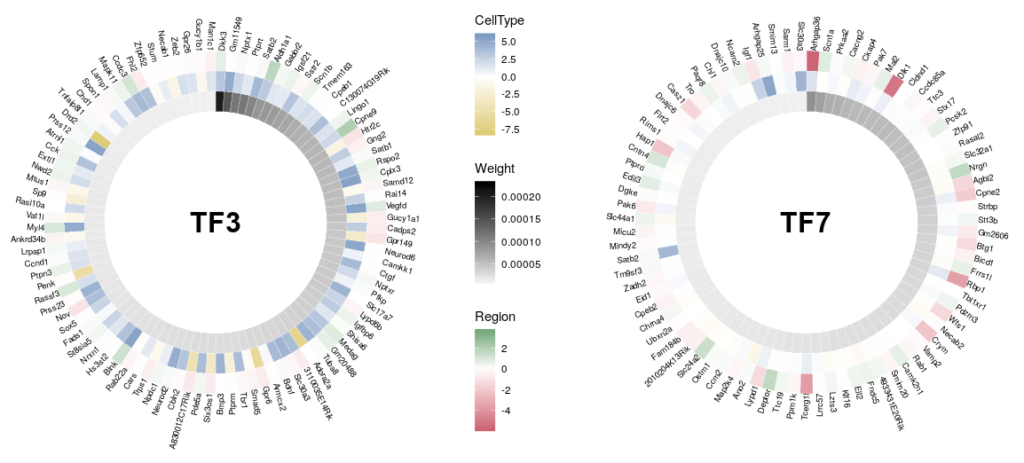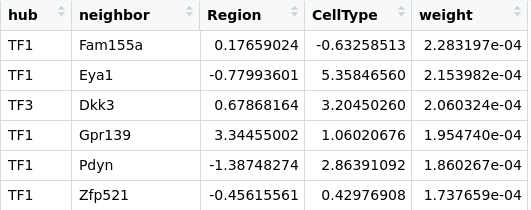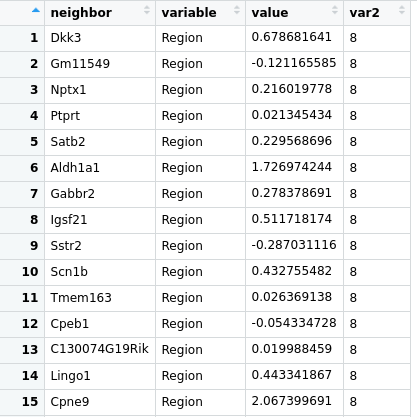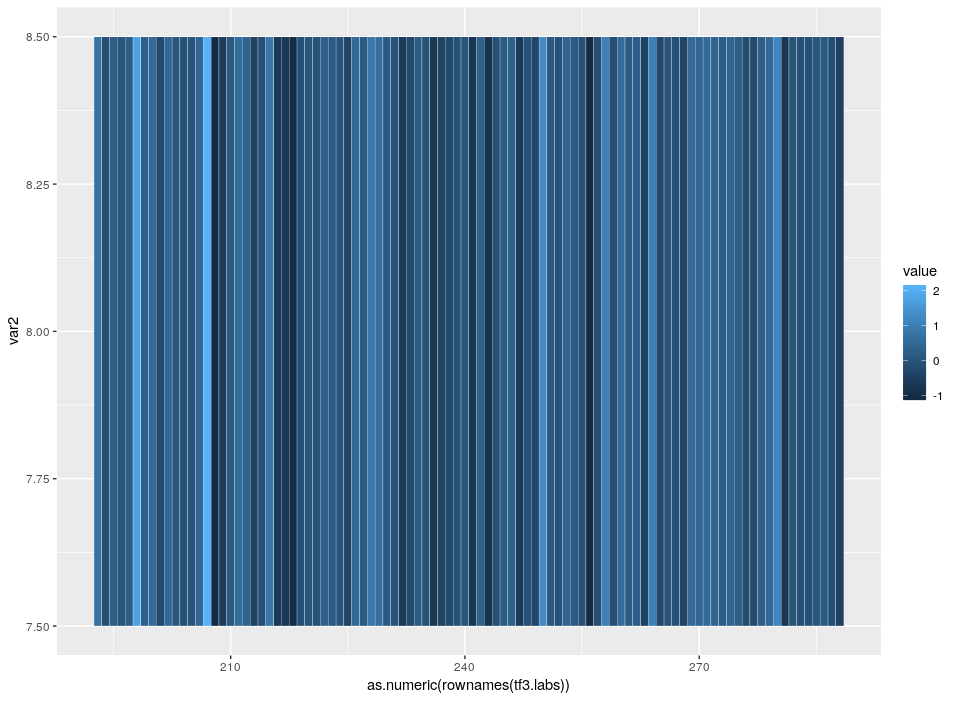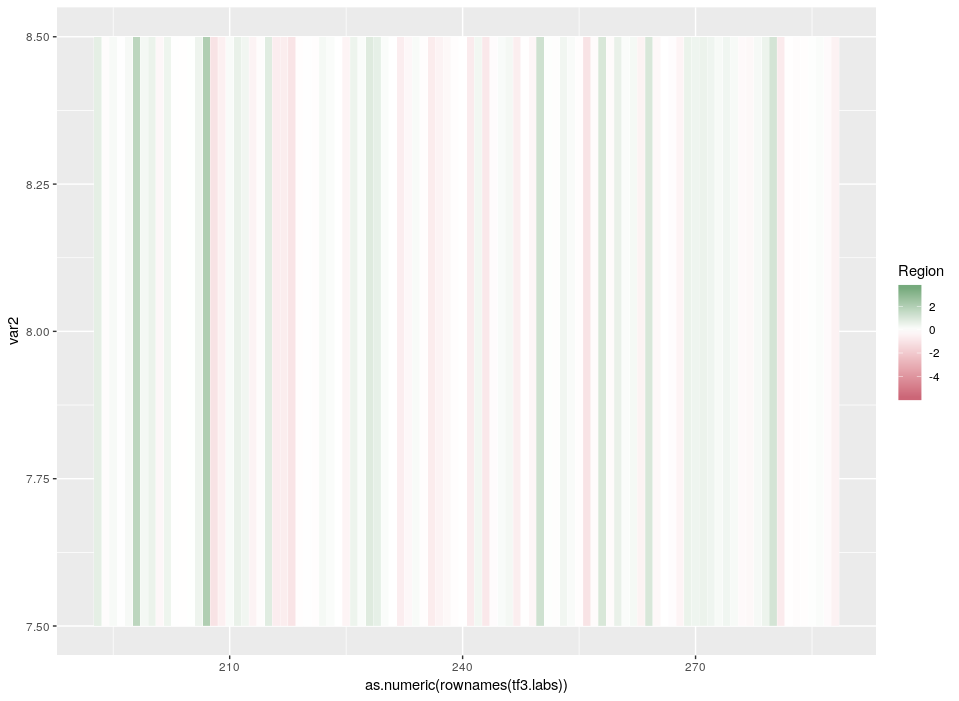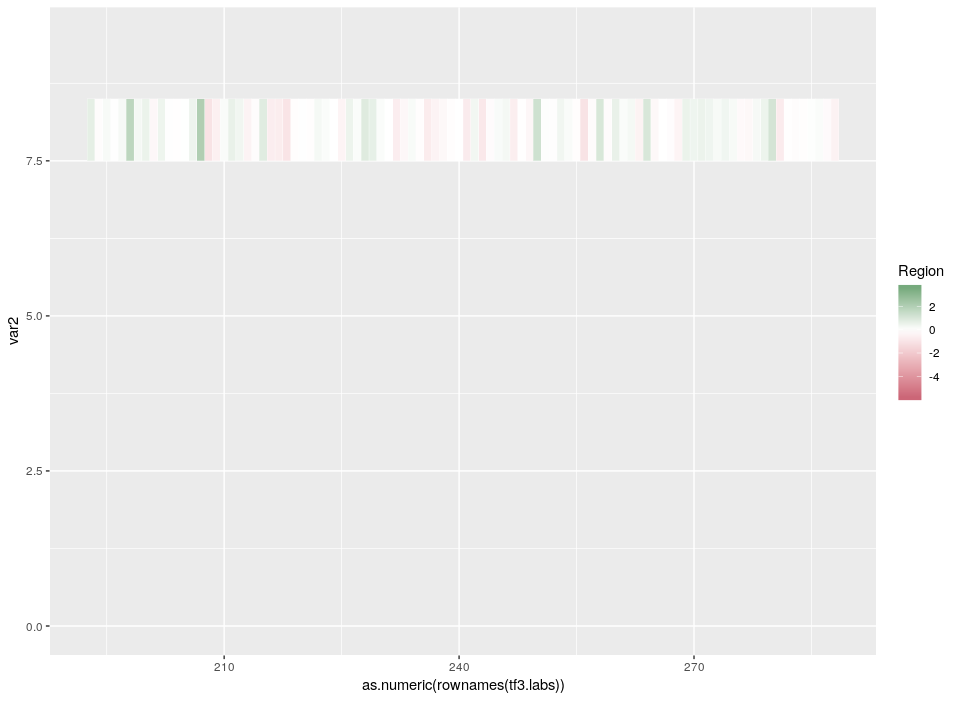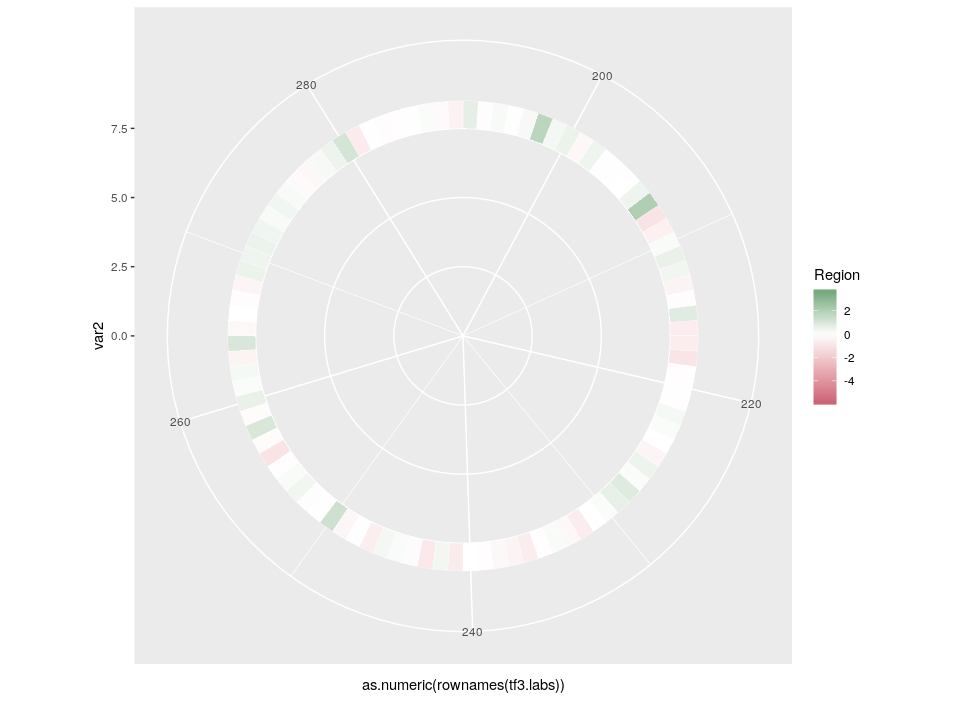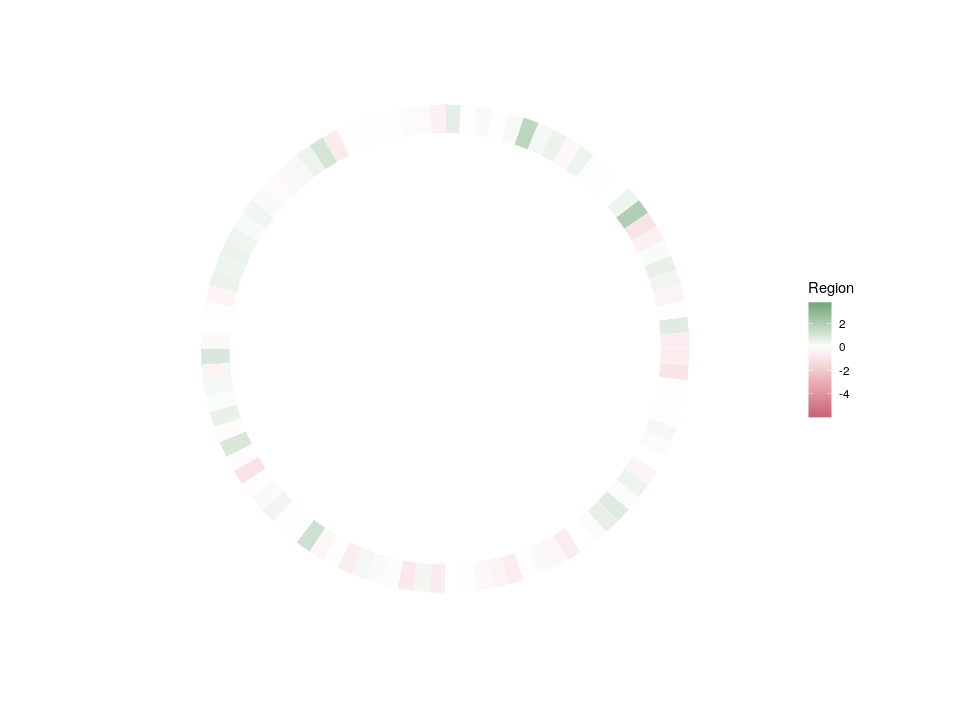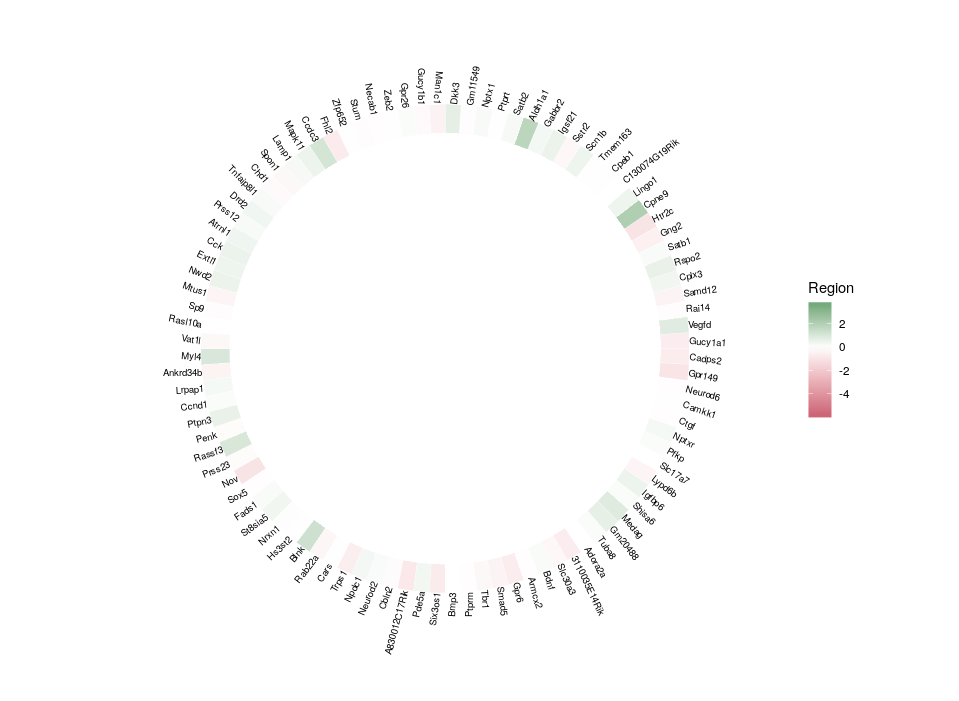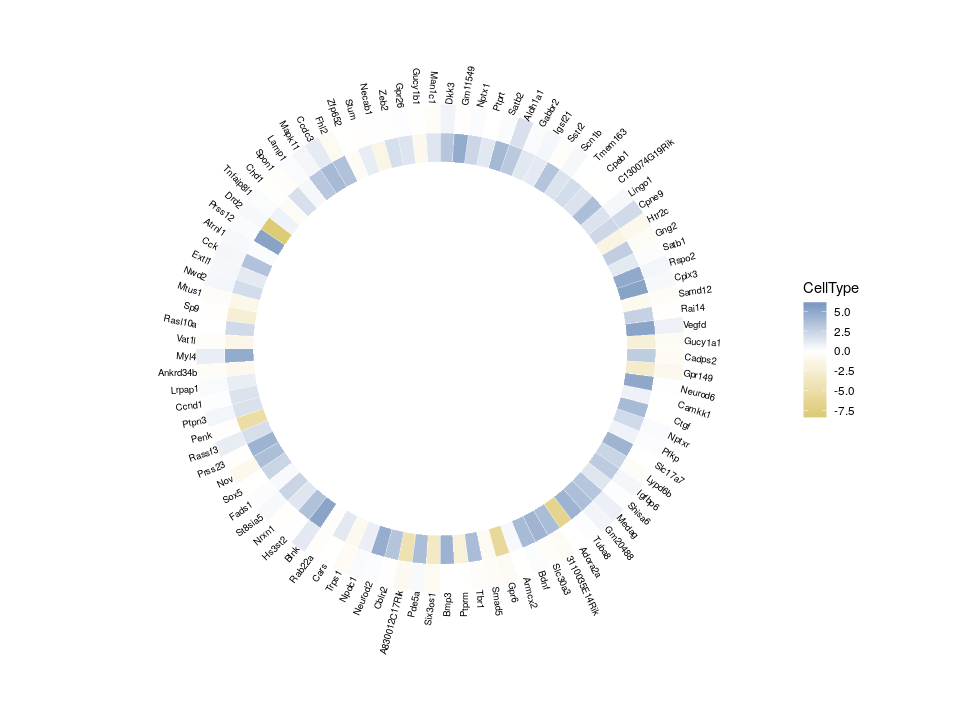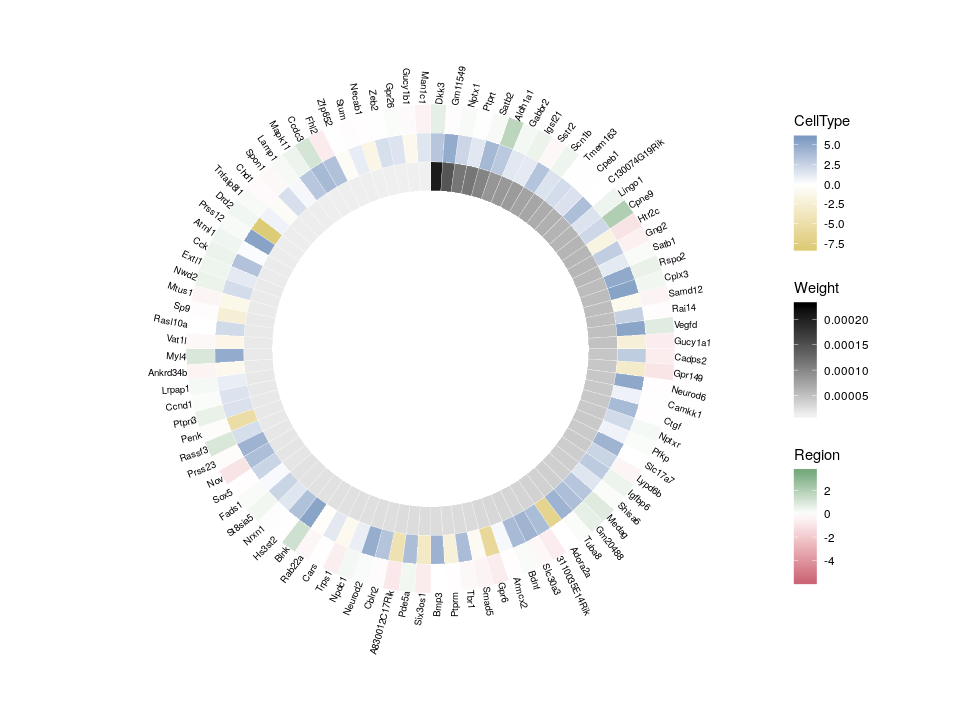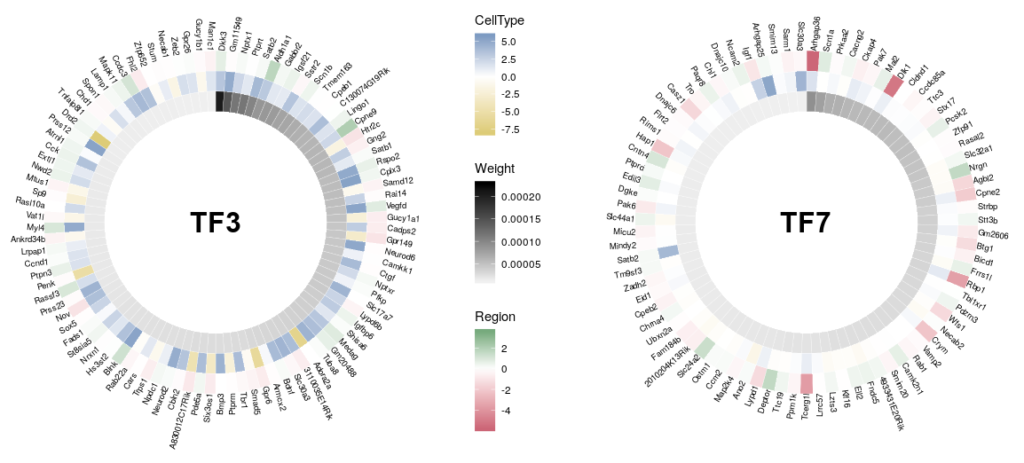By Nicolas Gambardella
Since an important part of our activity is to assist researchers by improving their documents, whether grant applications, research publications or project reports, this blog will come back to this topic on a regular basis. We will write in depth about every aspects of scientific writing in turn. In this initial post let’s go wide and list a few general rules to improve research papers (although most of those apply to grant applications too).
1) Find your message
Of course, any body of scientific research brings about multiple results, that in turns affect the way we understand several aspects of reality, or can lead to a few technical developments. However, in order to maximize the impact of your account, you must choose an angle. What is the main point you want people to remember? What would be the sentence accompanying a tweet linking to your paper?
2) Know your audience
Once you have settled on your message, you need to select the population you want to “sell it too”, on which you expect the maximum impact. By audience, we mean first and foremost the editor and the reviewers. Yes, your ultimate aim is to spread the news through your community. But the paper needs to be published first … Knowing who you are talking to will help you structure the paper, as much as the instructions to authors. What will you put in the main body of the paper and what will you demote to supplementary materials? What should you present in detail or on the contrary gloss over? How will you present the methods and the results? Experimental biologists tend to dislike equations. Biochemists do not care much about the illustrating experiment, but want quantitative tables. Molecular biologists love histograms, and they like to have one illustrating experiment such as a a western blot or a microscopy field.
3) Build a storyline
Keeping in mind both the message you chose and the audience you want to sell it to, create a progressive demonstration that brings the reader to the same conclusions as yours, keeping them focused until the final bang. This is not necessarily how things really happened, in particular chronologically. We all know that scientific research is a complex process, that includes iterative explorations, validations and controls, explode dead ends etc. There is no need to list everything path you explored, every experiment you did. A paper is not a laboratory notebook. However, as you progress towards in your narrative, each step need to naturally lead to the next, while the controls you describe preclude wandering off-path.
4) Keep facts and ideas where they belong
Do not mix Introduction, Materials and Methods, Results and Discussion (in some article structures, the last two can be included in the same section, but the relevant bits are generally in different paragraph). The Introduction should only present and discuss what was known before your work, and only what is needed to understand your work and its context. Similarly, the Materials and Methods section should not describe new techniques or materials. And finally, all your results should be in the Results section (if separate from the Discussion). As a rule, if you remove everything but the Results section, you should not affect the storyline described above. Our advice is to start writing the Results, the add the necessary Materials and Methods as you go, write the Discussion, and finish by the Introduction. You cannot write an effective introduction if you do not know what you want to introduce. Moreover, writing the introduction is often used as a procrastination device …
5) Build modules
Use one paragraph for one idea, if possible linked to one experiment, and illustrated by one figure (whether the figure ends up in the main body or in supplementary materials does not matter). This is sometime challenging when the idea or the experiment are complex. But even if, in the end, paragraphs are merged or split, adopting this approach is useful during the initial writing stage. This will help building the storyline and will enable easy restructuring later. Give a title to each module. Try drawing a flowchart representing your results, and annotate it with experiments and figures.
6) Do not assume knowledge but do not state the obvious
Moving from the structure to the style now. It is always difficult to decide what is common knowledge and therefore should not be explicit, and what is specialized knowledge required to understand your story and accept your message. Do not rely on your own knowledge. Go back to point 2), and make a real effort to put yourself in the shoes of the intended readership. Then a guideline can be to introduce factual knowledge but not common – in your audience’s domain – technical knowledge. For instance, if you write for biologists, you should not assume that people know the Kd between PKA and cAMP is 0.1 micromolar. However, you may assume that readers know increased affinity means lower Kd.
7) Do not repeat information
Building your text following 5) should preclude the description of the same information twice. When you refer to a piece of information described before, you do not need to restate it. This goes for details of experiments as well. If you already stated that an experiment took place in a chemical reactor, there is no need to mention it all the time, as “the solution in the chemical reactor” “the temperature in the chemical reactor” etc.
8) Write clearly, concisely and elegantly
I strongly recommend reading, and keeping a copy at hand, “Style: Lessons in Clarity and Grace“. There are many simple habits you can use to improve the readability of a text. Avoid passive forms. Keep verbs for actions and nouns for what perform or is affected by such actions. Try to stick to one proposition per sentence, twice at most (and well articulated). Do not add words needlessly. Instead of writing “the oxidation of the metal”, write “metal oxidation”. A shorter text is read faster and is easier to memorize.
9) Avoid casual writing
A scientific article is not a diary (or a blog post …). Your reader is neither your mate nor your student. Avoid talking to them directly, e.g. “you can do this” or indirectly as “let’s consider this first”. This is not a huge deal, but it might be irritating for some people. In general, adopt the style commonly used in the most respectable journals of the community you are targeting.
10) Chase grammatical errors and spelling mistakes
They are less important than the scientific facts, and hopefully they will disappear during the proof-reading stage. However, they give a hint of sloppiness, and they will annoy the reviewers. Even if those reviewers do not belong to the type focusing on such things, unconscious biases can taint even the fairer person. So read your manuscript again and again, slowly and aloud. More importantly ask someone else, if possible not a co-author, to read it as well.
